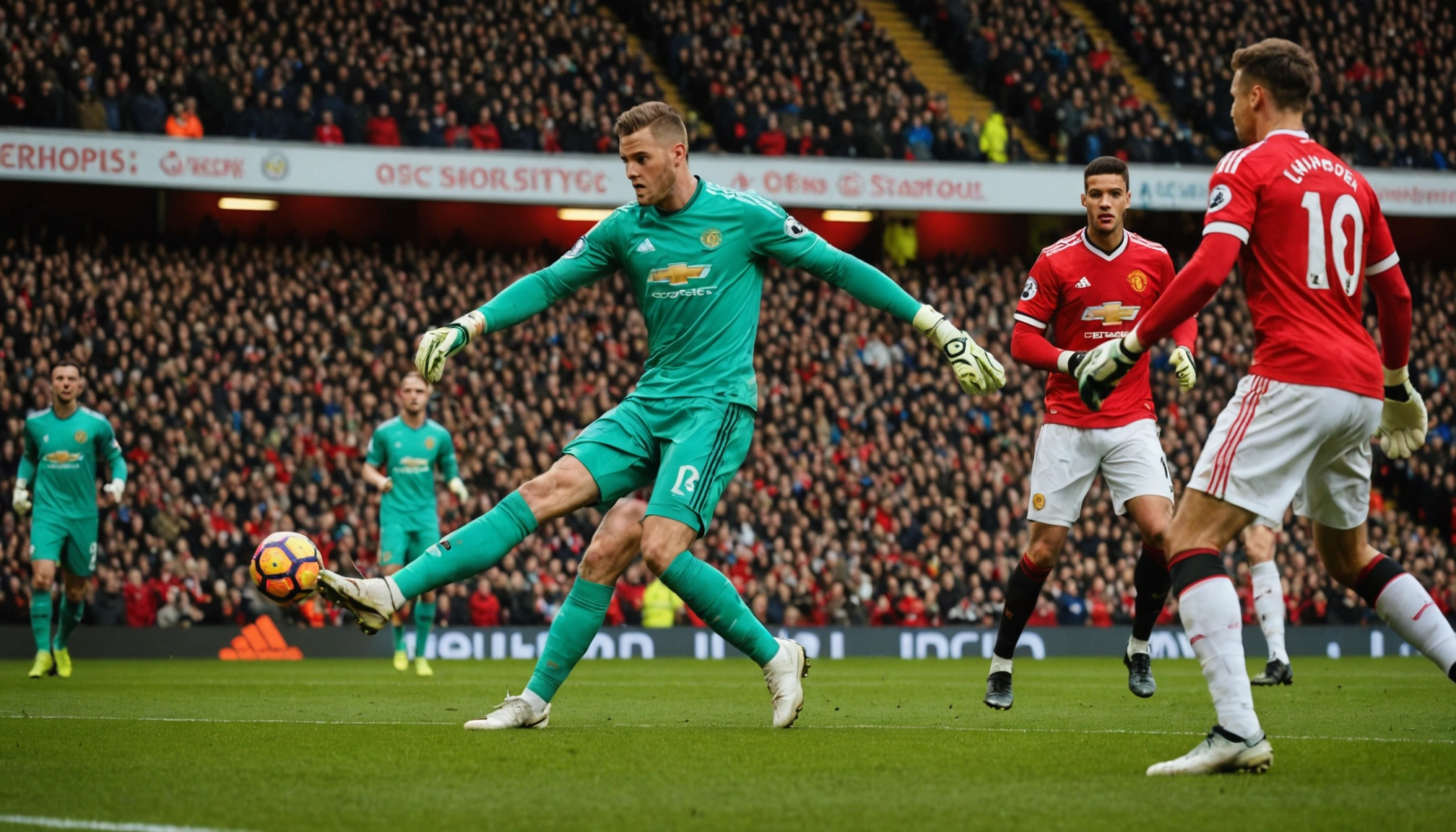Why The October International Break Will End In 2026
Discover why the October international break will be removed from 2026, how the football calendar changes affect players and fans, and what this means for the future.

By Editorial
Introduction To The Changes In The International Football Calendar
From 2026, football fans and players will witness a significant alteration in the international football calendar, as the traditional two-week October international break will be discontinued. This change, approved by the FIFA Council in March 2023, aims to streamline international fixtures and address concerns about player welfare and scheduling logistics. But what exactly is driving this adjustment, and how will it impact the sport across the UK and beyond? Let’s explore the new setup and its wider implications.
Why Is The October Break Being Removed?
The primary reason behind scrapping the October international break is to extend the September international window. Instead of five breaks throughout the year—in March, June, September, October, and November—there will be four, with a longer September period allowing up to four international matches instead of the usual two. This modification responds to several factors.
2026 World Cup Scheduling And Player Welfare
The 2026 FIFA World Cup is scheduled for later than usual, with the final set for 19 July—the latest summer World Cup final since 1966. This shift means domestic leagues and international calendars require adjustments to accommodate players’ preparation and recovery times. Player welfare was a key consideration, aiming to reduce fatigue from excessive travel and congested fixtures.
Reducing Travel Strain On Players
Many players, especially those from Africa and South America playing in European leagues, face long-haul international journeys multiple times a year. By reducing the number of international breaks, FIFA hopes to ease travel demands and minimise jet lag and injury risks. This change particularly benefits clubs and national teams by allowing more consistent training and recovery periods.
What Will The New International Calendar Look Like?
The restructured calendar features an extended international window in September, lasting three weeks, during which national teams will play four matches. The final round of Premier League fixtures before this break will be on 19-20 September 2026, with the league resuming on 10-11 October 2026.
Maintaining The Number Of International Matches
Despite the calendar changes, the total number of international matches remains unchanged. Nations will still play six qualifiers or friendly matches across the autumn period, but these will be concentrated into two windows: four matches in the extended September break and two in November. For European countries, this means the first four group matches of the 2026-27 UEFA Nations League will be played during September’s extended window.
Implications For Domestic Football And Fans
The removal of the October break creates an extra week in the domestic football calendar, allowing leagues like the Premier League and Championship to schedule additional fixtures or rest periods. This adjustment could improve player fitness and reduce fixture congestion during the crucial winter months.
For fans, the change may improve matchday experiences by reducing the number of interruptions in domestic league action. However, the longer September break means a more intense schedule of international matches in a shorter period, raising questions about player fatigue and performance.
How Clubs And Managers Are Responding
Football clubs and managers have generally welcomed the changes, as fewer international breaks mean a more consistent squad availability for domestic games. This is particularly important for teams relying heavily on international stars. For example, Premier League managers will value the extra week without international disruption, allowing better tactical preparation and team cohesion.
Case Studies: Impact On British Football
British football has seen the effects of international breaks on squad management and player health. During previous international windows, clubs like Manchester United and Liverpool have often struggled with star players travelling long distances and returning fatigued. The new calendar could alleviate these issues, helping British teams maintain competitive edge throughout the season.
Furthermore, the changes align with ongoing efforts to support player welfare, similar to initiatives seen in other sports. For instance, cricket’s The Hundred competition has adjusted its schedule to better balance player workload and fan engagement, reflecting a wider trend in sports management.
What Does The Future Hold For International Football Breaks?
The new international calendar is locked in until at least 2030, signalling a long-term commitment to this structure. It represents a shift in how football governing bodies approach scheduling, balancing international competition demands with domestic league priorities and player health.
Fans can expect more intense international windows but fewer interruptions to club football. This could also influence broadcasting schedules and commercial strategies, as the concentration of international matches may attract higher viewership during those periods.
Potential Challenges And Considerations
While the changes bring benefits, there are challenges. The condensed September window means players must perform at a high level in quick succession, increasing injury risk. National teams and medical staff will need to carefully manage workloads.
Additionally, the removal of the October break may affect smaller footballing nations differently, depending on their fixture requirements and player availability.
Conclusion: A New Era For International Football Scheduling
The end of the October international break marks a significant evolution in football’s global calendar. Designed with player welfare, logistical efficiency, and the 2026 World Cup’s unique timing in mind, this change promises to reshape how clubs, players, and fans experience the football season.
For those interested in broader sports trends and management, this development parallels changes in other major competitions. For example, read about how the IOC is reshaping the Olympic Games for the future to see similar strategic planning in action.
Ultimately, the new international calendar offers a fresh opportunity to enhance the quality and sustainability of football worldwide, ensuring the sport remains thrilling and accessible for generations to come.
Related topics
Editorial
Sports expert at SportsScoop
Specialist in sports analysis and journalism
Related articles
Want to read more?
Explore our comprehensive collection of sports articles and analysis, or contact us for more information.



